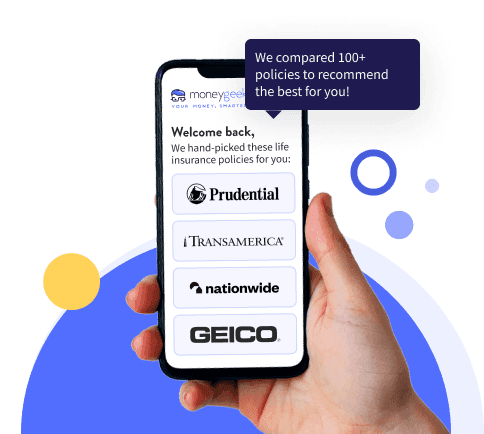A waiver of premium (WOP) rider is an optional add-on to your life insurance policy that suspends premium payments if you become disabled. While your base policy provides death benefits to beneficiaries, the WOP rider adds living benefits by protecting the policy itself during periods of disability.
Without this rider, missing premium payments would cause your policy to lapse, leaving your beneficiaries without coverage. The WOP rider acts as a safety net, covering payments until you recover or reach the rider's age limit. You can use it multiple times if your condition recurs.








